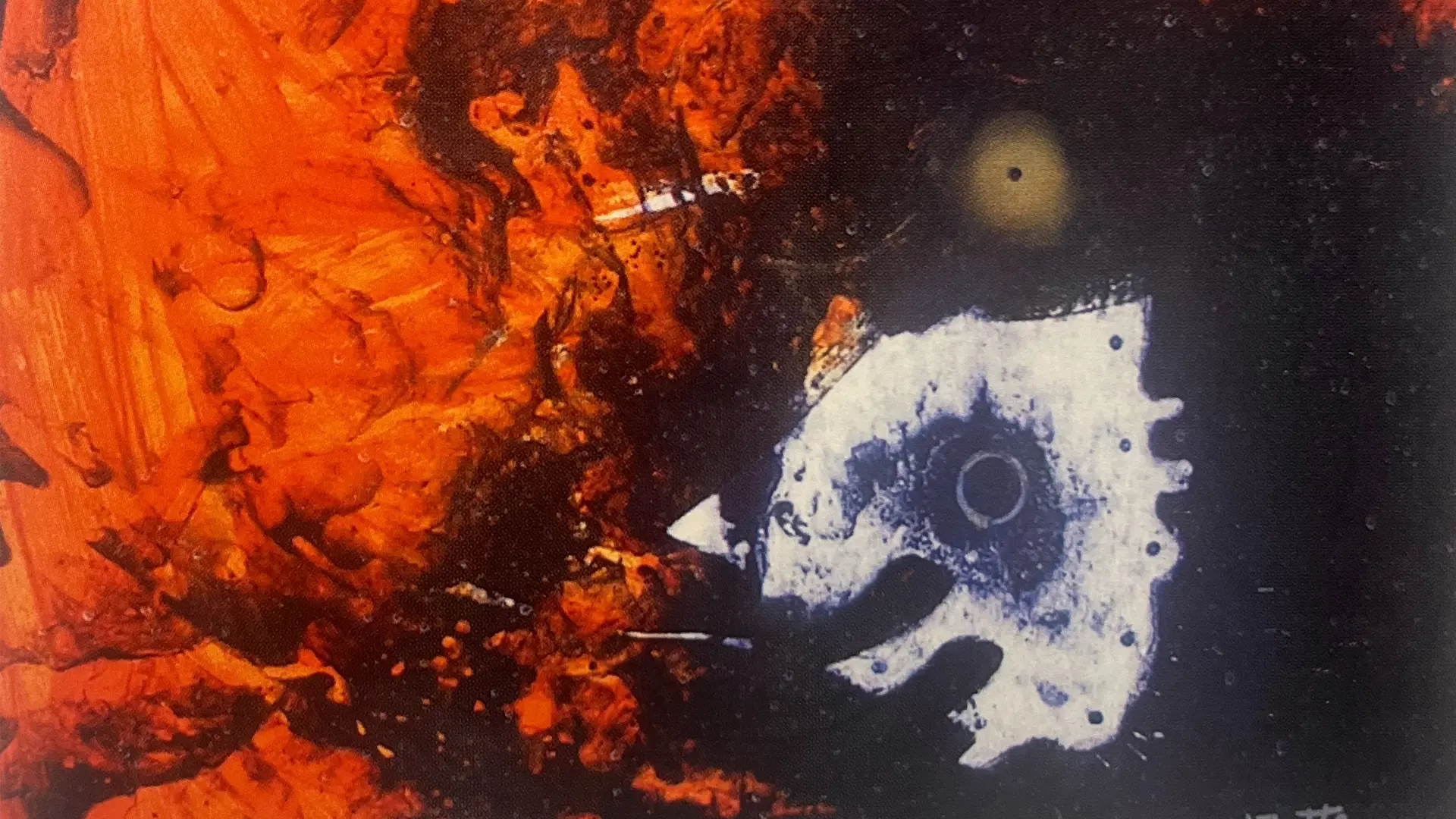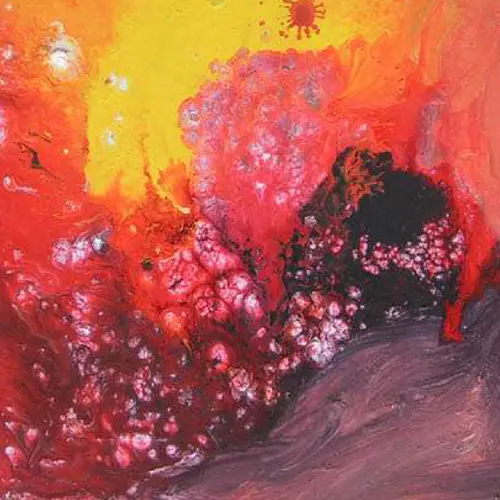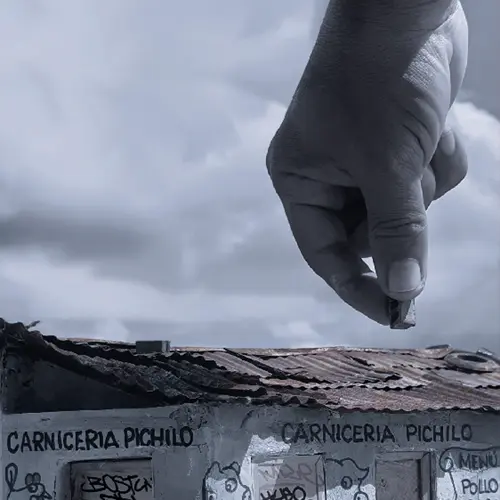LAS TRANSGRESIONES FROM JUAN BUTTEN
By: Laura Gil Fiallo
Member of ADCA-AICA
Head of Research at the Museum of Modern Art
Share

“What characterizes Butten’s painting is the emphasis on conceptual-craft values, the immediacy of impulse transmission, and a profound and intense intimacy between the eye, the brain, and the hand.”
Juan Butten’s work, with its rhythmic, fluid, and spontaneous drippings, makes us think simultaneously of the rhythms of rain and the Taoist aesthetics of symmetry and immersion in nature. It is also an exaltation of matter as a complementary and opposing principle in a context we do not hesitate to consider neo-Aristotelian, in relation to form.
In these paintings, as Juan Butten once said about Spanish and Euro-American informalism (lyrical abstraction, abstract expressionism), instead of a lack of form, we discover “fluctuating forms” that replace the structured with the fluid, not the amorphous. Therefore, it is about achieving a confluence between the categories of the timeless and the temporal, in the traces and gestures of a formalization process with a static, spatial form fixed as a pictorial image.
A sort of expanding magma, perfect circles with their internal energy intact but asymmetrically displaced from the centers, and drips that barely deviate in their fall, precisely guided by gravity but with small deviations that concede to principles of chance and chaos, constitute the alphabet of a language of forms that expresses, without equivocation or hesitation, the most fundamental principles of Being and everything that exists: the primordial tension between the forces of entropy and dispersion, and those generated by the ordering of the Cosmos and Life.
In conclusion, all growth and expansion represent a rupture with what is given, a form of creative destruction, like that which Indian mystics see embodied in the dance of Shiva, and which thinkers of the Western Christian tradition once expressed with this happy formula: Oh Death, who gives Life…!!!.







